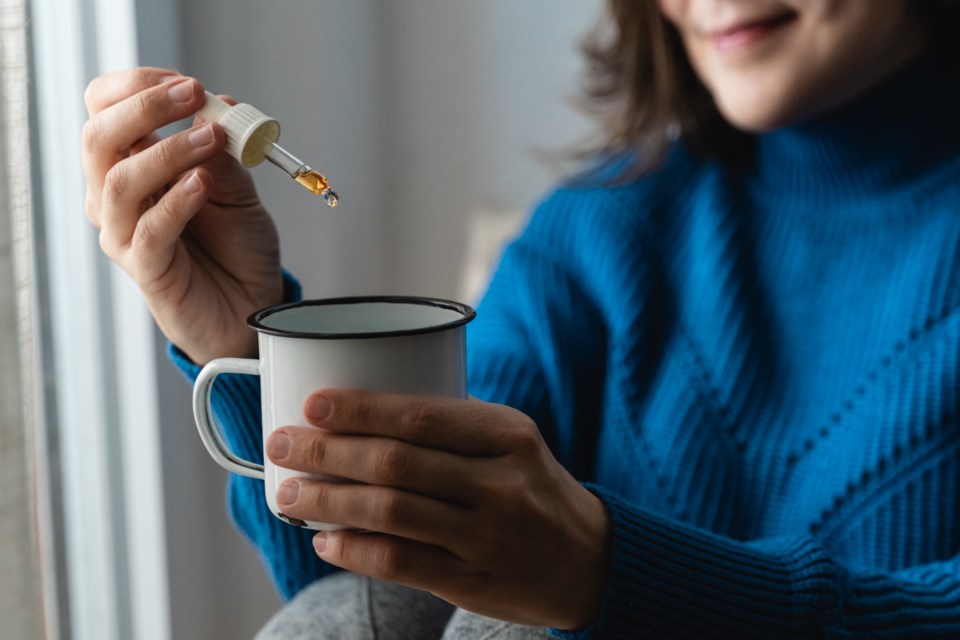It’s not a story intricately woven into the pages of Canadian history books, but the fact is Canada has more than 400 years of cannabis history behind it. While its profile has risen significantly since it was officially legalized by the Government of Canada in 2018, there’s still a lot of mystery surrounding the evolution of cannabis in this country.
“From early cultivation to total prohibition, and now, legalization, the story behind cannabis in our country is fascinating,” said Robert Carroll CEO of locally owned dispensary chain, Due North Cannabis.
According to historic records, the planting of Canada’s first cannabis crop is accredited to Louis Hebert, a successful botanist and apothecary.
Hebert was a friend of famed explorer Samuel de Champlain and emigrated to New France (now Nova Scotia) with his wife and children, bringing with him a vast knowledge of herbs and medicines. He is reported to have planted his first crop in 1606.
The major colonial powers at the time – England, France, and Spain – were actually supportive of the idea of planting cannabis in the colonies, and they encouraged farmers to plant huge hemps fields or dedicate portions of their fields to the fibre-rich plant. Britain, for example, sent two cannabis experts to Canada in 1800 with the promise of free land and vast wealth if they could convince settlers to grow more cannabis.
In 1802, the Canadian government established the Board for the Encouragement of the Cultivation of Hemp. No one could have predicted it would take over two centuries to get that kind of buy-in from the government again!
From the early 1800s through to the early part of the 20th century, the popularity of cannabis as a medicinal and recreational plant grew across the Western world. Hemp continued to be a lucrative crop as well, critical for textile manufacturers and other uses, while doctors were often prescribing their patients cannabis tinctures for everything from headaches to a treatment for epilepsy.
The growth in use of cannabis and related hemp production came to a crashing halt in 1920s as prohibition fever gripped the continent.
Following the 1908 Opium Act and the Opium and Drug Act of 1911, cannabis was added to the Government of Canada’s Confidential Restricted List in 1923. For the remainder of most of the 20th century, anti-cannabis laws were strictly enforced, with punishment including long prison sentences for any individual using or taking part in the active distribution of cannabis products.
The road to the 2018 legalization of cannabis in Canada began in the early 1960s, as a more liberal attitude toward cannabis began to emerge.
Popular celebrities, musicians, and counterculture leaders championed marijuana as a recreational drug while calling for the end to prohibition. Advocates also began lobbying to eliminate criminal penalties for simple possession of the drug, which now fell under the Narcotics Control Act. In both Canada and the US, loud calls were made to governments to re-examine their oppressive cannabis regulations.
Thankfully for cannabis lovers, the Canadian government took a much more accepting attitude towards cannabis advocates than did successive governments in the United States. In 2001 medical cannabis was legalized, making Canada one of the first countries in the world to allow doctors and patients to consider cannabis for medical purposes.
In 2018, the evolution of cannabis as an accepted substance legal to possess and use both medicinally and recreationally was complete; the Trudeau government signed the Cannabis Act into law in October, 2018.
“It’s been a long journey to acceptance in this country,” said Carroll. “Thankfully, the government has adopted an evidence-informed public health and public safety approach to the retail distribution of cannabis. It’s a principle we follow at Due North as we continue to educate the public on the many benefits and recreational use of cannabis.”
Visit any of their three area locations to explore the hundreds of products Due North has in stock every day.
To learn more visit Due North Cannabis in Churchill Plaza, Pine Plaza or at their new location at 710 Second Line East. They also offer in-store pickup and same-day delivery on their website.
Follow them on Instagram and Facebook for holiday specials, new product updates and daily deals.
